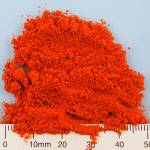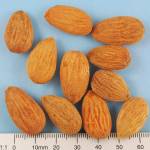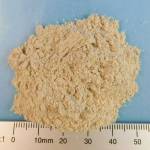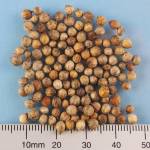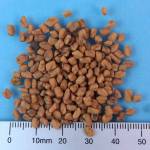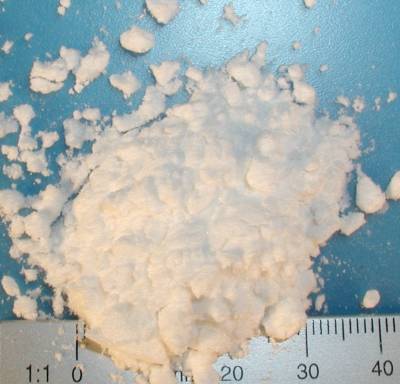
Organic potato starch superior
After thorough cleaning of the organic potatoes in a washing plant, the potatoes are grated. The resulting pulp is pressed through a sieve. Out comes the fruit water, which contains the starch, and the pulp, which is separated. In a further processing step, the potato juice and starch are separated using a hydro-cyclone separator. The potato starch is washed and then dried. The entire process consists only of mechanical processing and heating. Organic potato starch superior native is not modified and is naturally gluten-free.
Benefits
- binding and improving consistency
- achieving the desired extrusion properties
Fields of Application
soups sauces special sausage products potato dumplings potato pasta bread and bakery products snack industry wafers
Packaging
25 kg multilayer paper bag, 750 kg/palette
Application
Application and Details
Potato starch contains typically large spherical-oval starch granules; their size is between 5 and 100 μm. Potato starch grains are about twice the size of other starch grains (cassava or cereal starch) and therefore have a much higher water binding capacity and better texture. Potato starch is a very clean starch, it contains almost no protein and fat. Therefore, potato starch is of clear white color and cooked potato starch is characterized by neutral taste, clarity and transparency, high viscosity, long texture and minimal tendency to foam or yellowing of the solution. Potato starch contains approximately 800 ppm of phosphate bound to the starch. This phosphate increases viscosity and gives the solution a slightly anionic character, low gelatinization temperature (about 60 °C) and high swelling capacity. These typical properties are used in food and technical applications.
What does Organic potato starch superior native do?
In short, it gelatinizes. After heating a starch-water mixture, starch can physically bind many times its own weight in water. The starch swells and gelatinizes. The resulting starch paste has different thickening properties depending on the original raw material (potato, wheat, corn, etc.). In addition to coagulated gluten, gelatinized starch forms the basis of bread and pastries of all kinds. At cool temperatures, the previously gelatinized starch slowly regresses, this process is called retrogradation and can best be observed when bread becomes stale.
How is Organic potato starch superior native used?
Classic areas of application can be found wherever "binding and consistency improvement" is required. For example in soups, sauces, special sausages, potato dumplings, potato noodles, bread and bakery products, the snack industry and because of its neutral taste also in wafers. To avoid lumps, starch should first be mixed with other recipe ingredients and then dissolved in water.
Facts about Organic potato starch superior native:
Starch flour is mainly obtained from corn, wheat and potatoes. Well-known products such as Stärkina or Fixina from supermarkets are exactly the same, namely potato starch flour. Organic potato starch superior native is produced in Austria, almost exclusively from organic potatoes from Austria. In this process, the starch-containing parts of the plant are crushed and the native starch is obtained by leaching, filtration, centrifugation and drying.
Modified starches are treated physically, chemically or enzymatically to meet higher technical requirements. They are used when better heat stability, acid stability, shear stability or better freezing and thawing behavior is required. In order to preserve the ingredients in the best possible way, potato starch should be stored airtight, dry and in a dark place.



